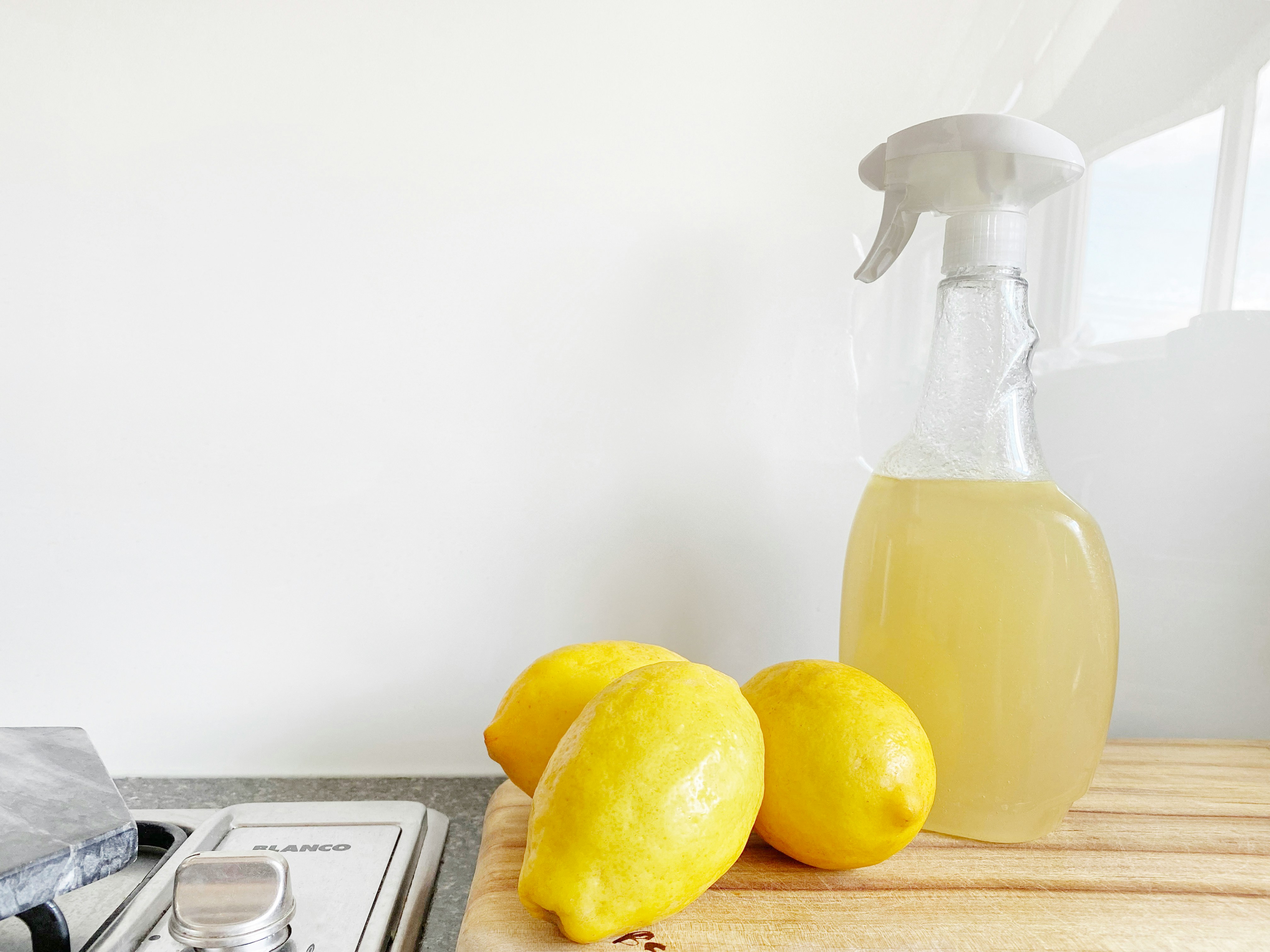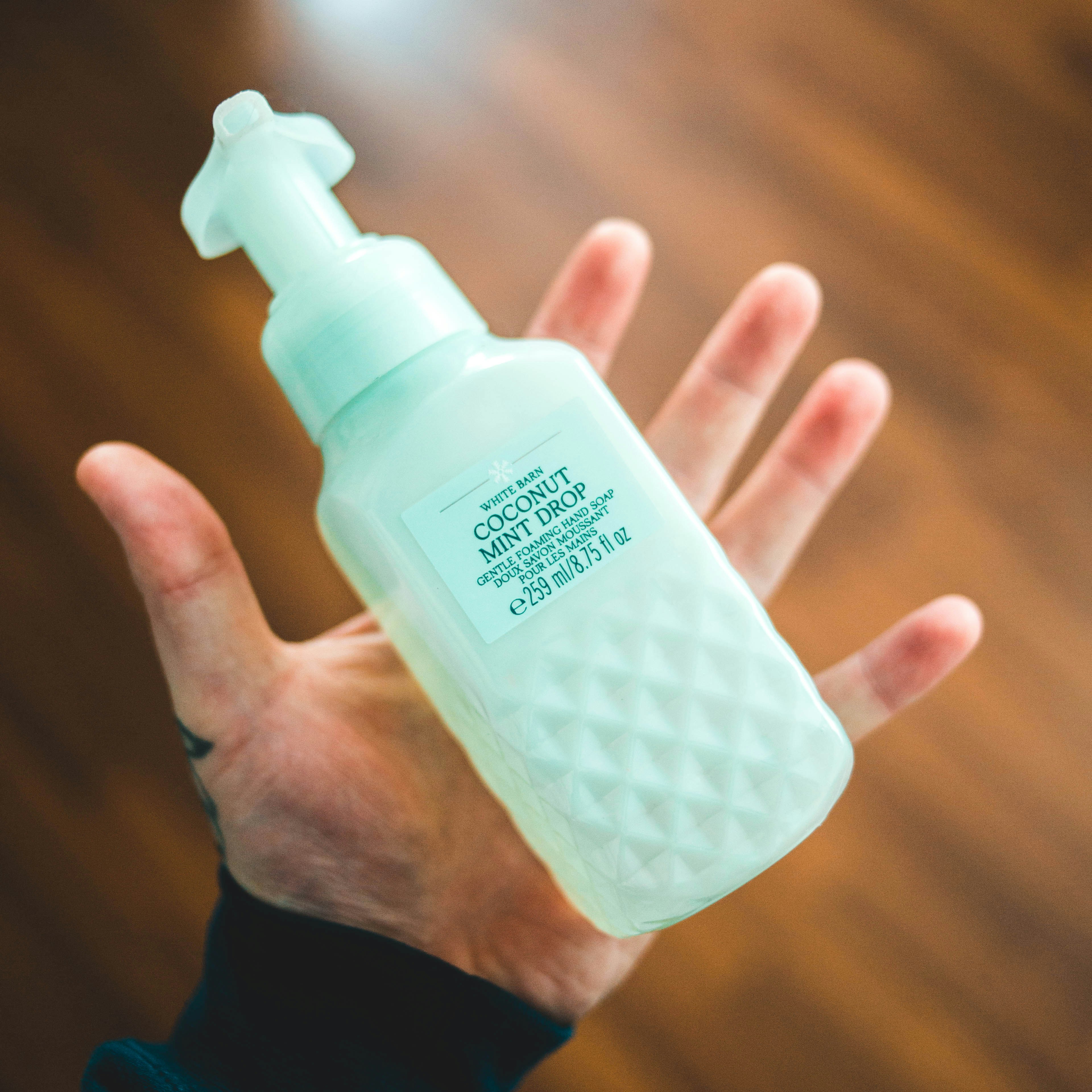
image source :by precious-plastic on Unsplash
Acrylic cream bottles are widely used in the cosmetics industry because of their durability, lightness and beauty. However, the quality of the materials used to manufacture these bottles must be ensured to maintain product integrity and ensure customer satisfaction. There are several methods to identify the quality of the acrylic cream bottle material, including the first observation method, the second burning method, the third light transmission method, the fourth pasting method, and the fifth packaging method.
The first observation method is to visually inspect the material of the frosted acrylic bottle for defects or irregularities. The method quickly assesses the overall quality of the bottle, including any visible defects such as bubbles, discoloration or uneven surfaces. By carefully inspecting the bottle, manufacturers and consumers can identify any potential issues in the material that may affect its performance or appearance.
The second burning method is a simple and effective way to judge the quality of the acrylic cream bottle material. By exposing a small sample of a material to a flame, you can observe its reaction to heat. High-quality acrylic materials will not produce black smoke or emit a foul odor when burned, indicating their purity and heat resistance. On the other hand, low-quality materials may show signs of impurities or poor composition when tested for combustion.
The third method, called the light transmission method, involves evaluating the transparency and clarity of the acrylic frost bottle material. This can be done by shining a light on the bottle and observing the level of light transmission. The high-quality acrylic material allows light to pass through with minimal distortion or clouding, revealing pure and transparent compositions. Conversely, lower quality materials may exhibit reduced light transmission, indicating the presence of impurities or defects in the material.
The fourth method to identify the quality of the acrylic cream bottle material is the pasting method. This involves checking the adhesion of the label or sticker to the surface of the bottle. The high-quality acrylic material will provide a smooth, even surface for application, allowing labels to adhere securely without peeling or bubbling. On the other hand, low-quality materials may have an uneven or rough surface, making it difficult for labels to adhere properly and detracting from the overall appearance of the bottle.
image source :by jonathan-cooper on Unsplash
Finally, the fifth method, the packaging method, involves evaluating the overall packaging of the acrylic cream bottle. Quality materials will be packaged securely and professionally, with appropriate sealing and protection to prevent damage during shipping and storage. On the other hand, low-quality materials may be haphazardly packaged with insufficient protection, potentially causing scratches, dents, or other forms of damage to the bottle.
There are several methods to identify the material quality of acrylic cream bottles, including observation method, burning method, light transmission method, pasting method, packaging method, etc. Using these methods, producers and consumers can ensure their integrity and quality. The performance of acrylic cream bottles ultimately increases customer satisfaction and confidence in the product.
Post time: Aug-01-2024

